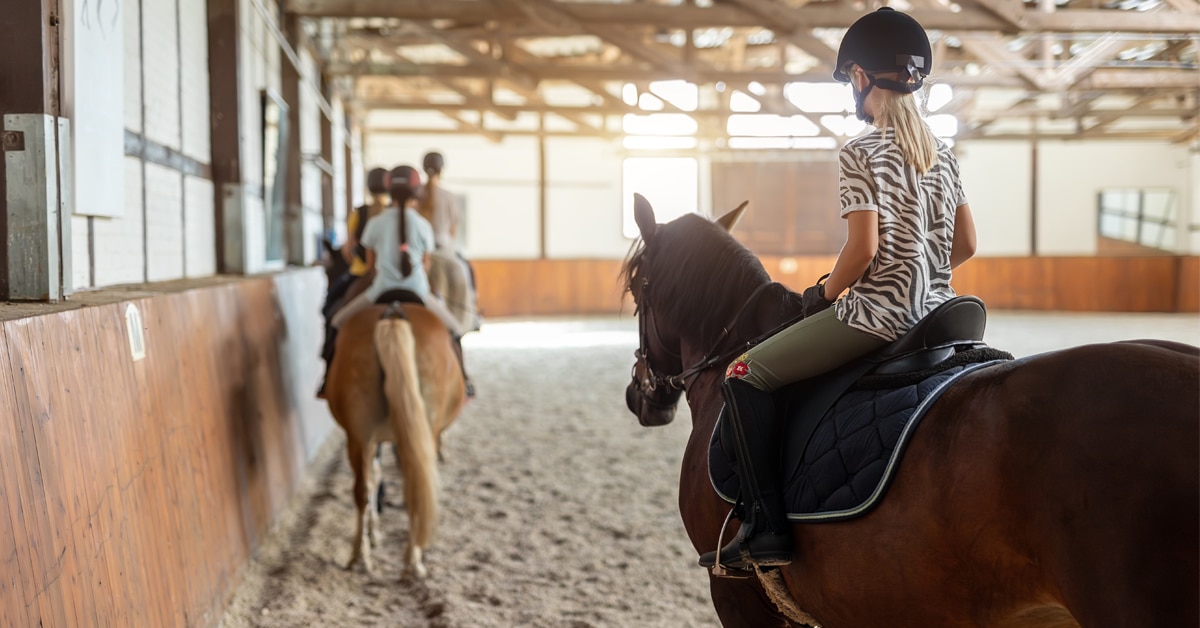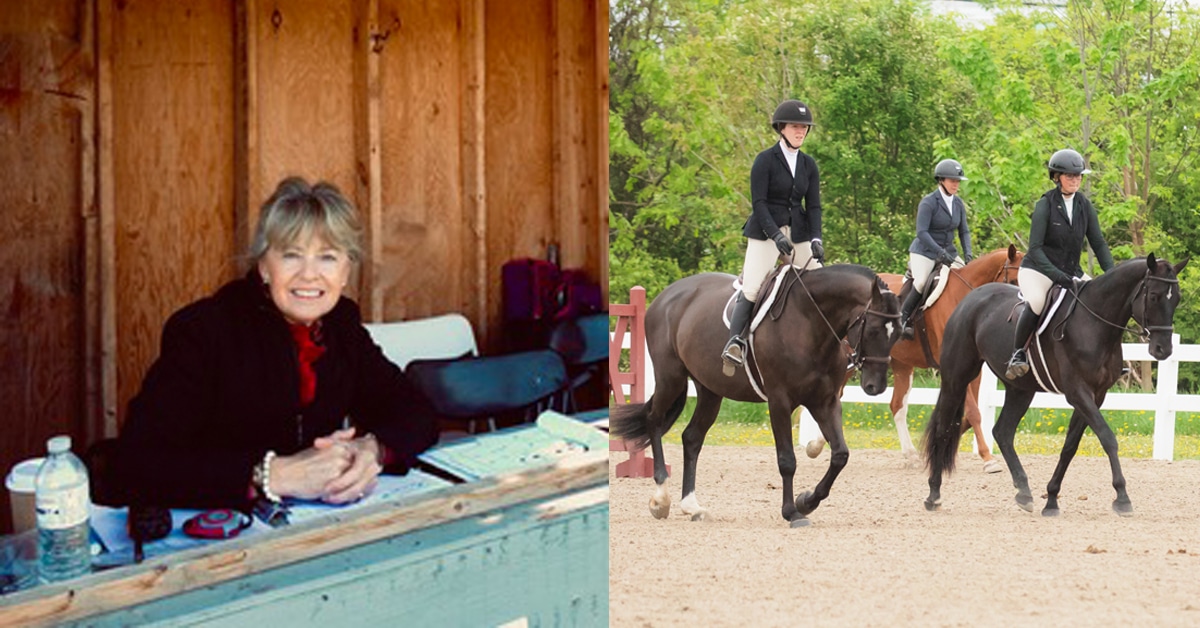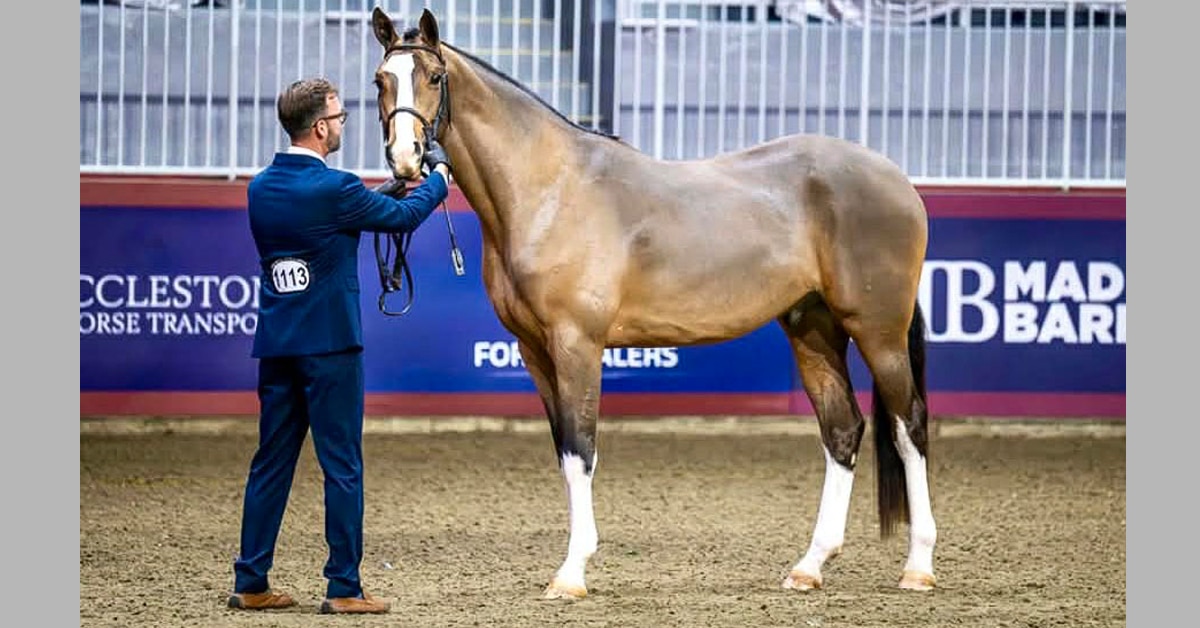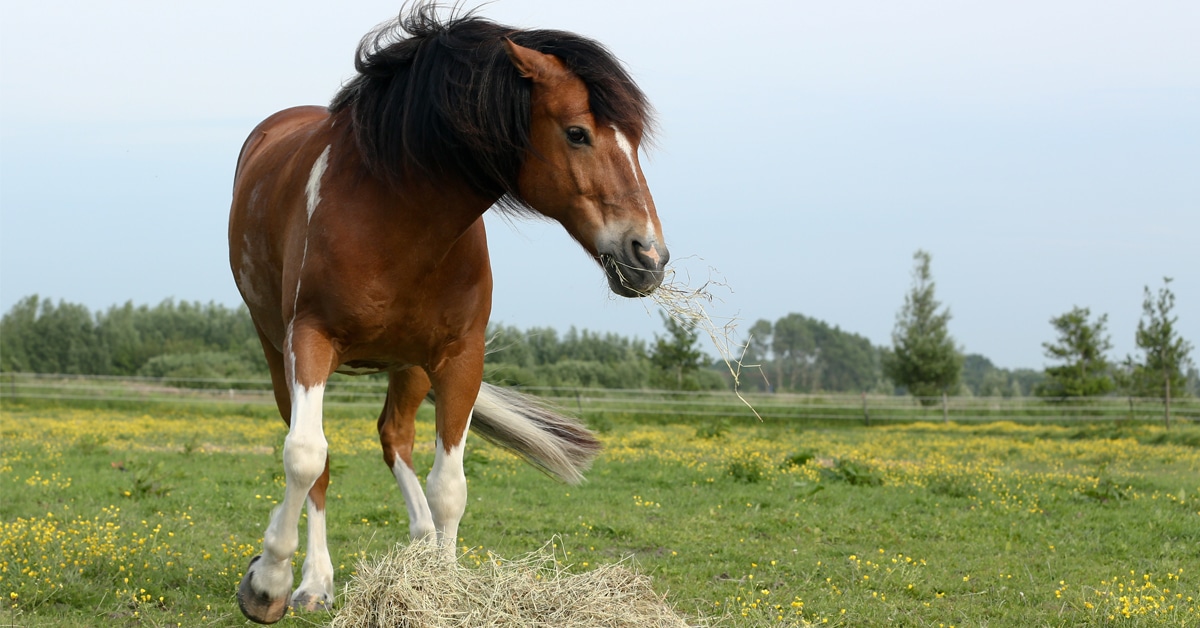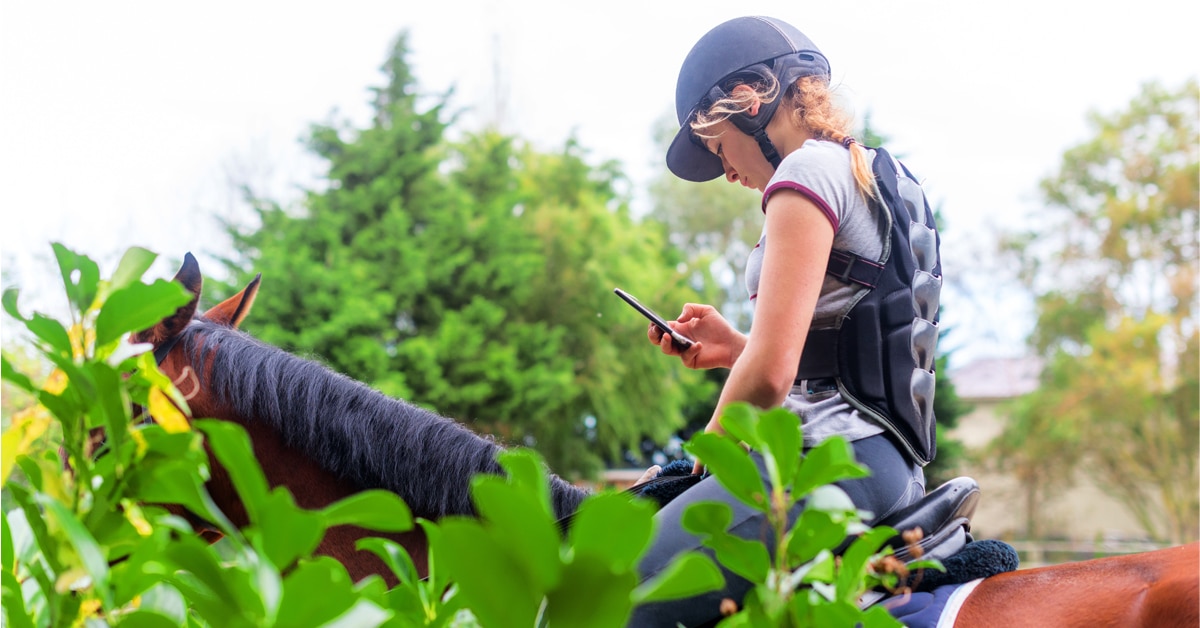Various antigens on the surface of red blood cells determine the blood group, or type, for a particular horse, human, or other animal. The presence or absence of specific antigens (carbohydrates, protein, and other substances) is inherited from the parents. Horses with different parents are likely to have significantly different blood types, and even full siblings might not have the same blood type.
Horses have eight major blood groups (A, C, D, K, P, Q, U, and T), but more than 30 variations within these groups (Aa, Ca, and Qa, etc.). Most of the time, blood groups are not an issue, but one exception – neonatal isoerythrolysis (NI) – is important. This condition can be fatal to newborn foals.
When mares of a few specific blood types (often Aa- and Qa-) give birth to foals with another blood type, antibodies in the mare’s colostrum can cause clumping and death of the foal’s red blood cells. Affected foals show signs in the first day after birth such as weakness, depression, and yellowing of mucous membranes. A test of the foal’s blood will reveal a low level of red blood cells.
Foals with evidence of NI must be prevented from nursing and should be given colostrum and milk from another mare for the first one to two days, after which they can safely be allowed to drink their dam’s milk. Supportive care may include antibiotics, oxygen, or a blood transfusion.
Mares can be tested before foaling to detect the particular blood types and antibodies that lead to NI. The problem is uncommon – affecting less than 2% of foals in the general population – although it is found more frequently in some breeds including Thoroughbreds, Standardbreds, and Quarter Horses
The Latest

